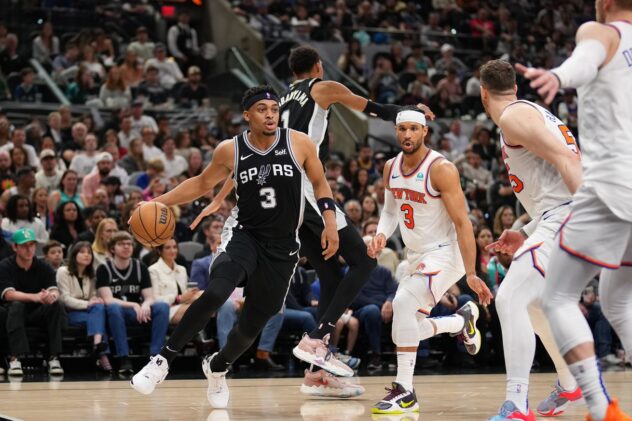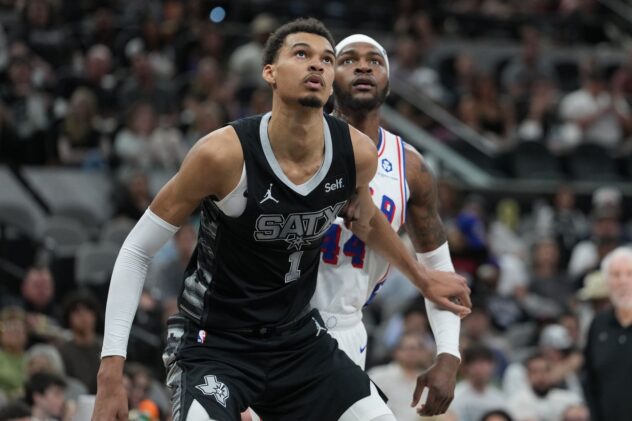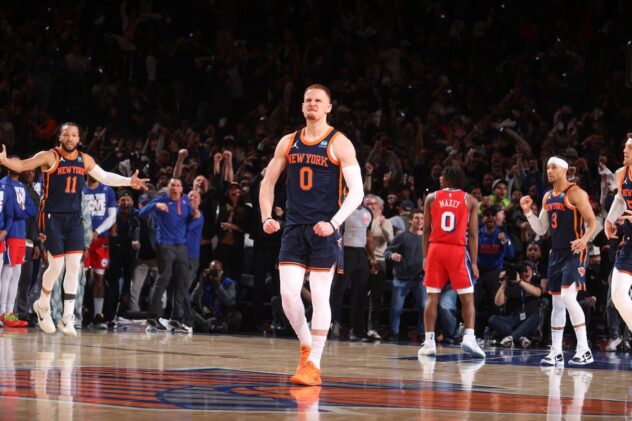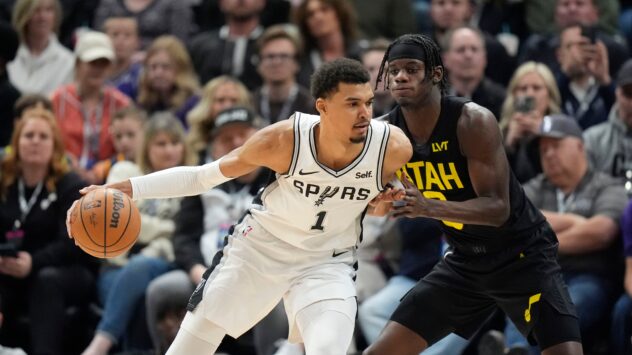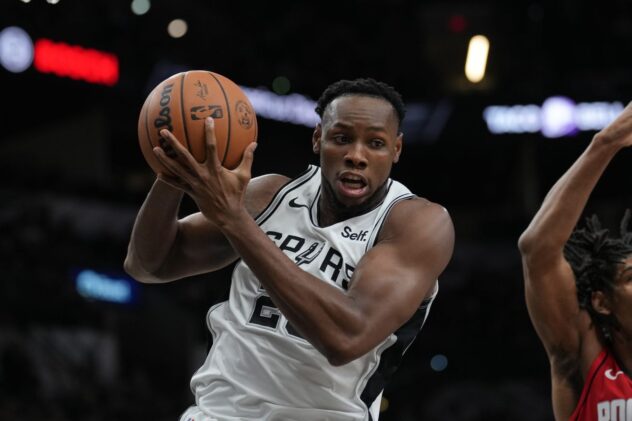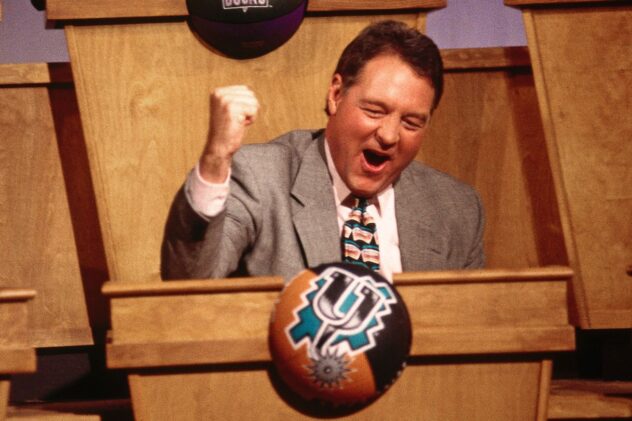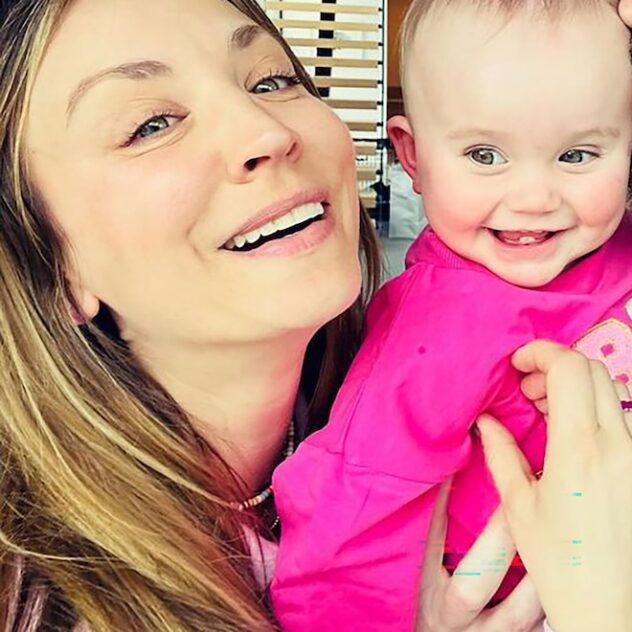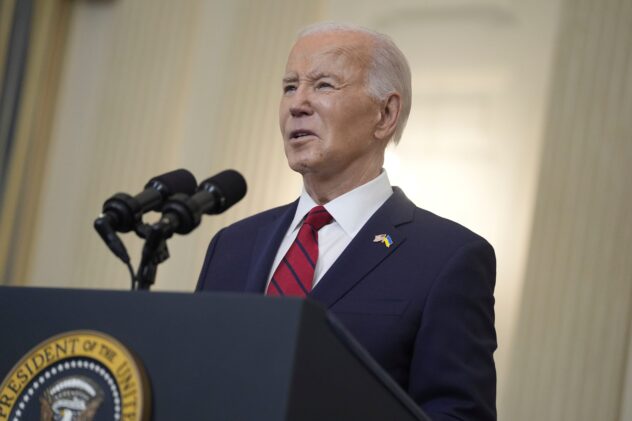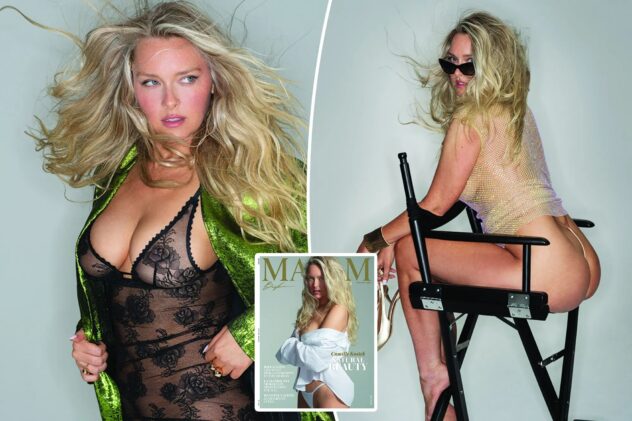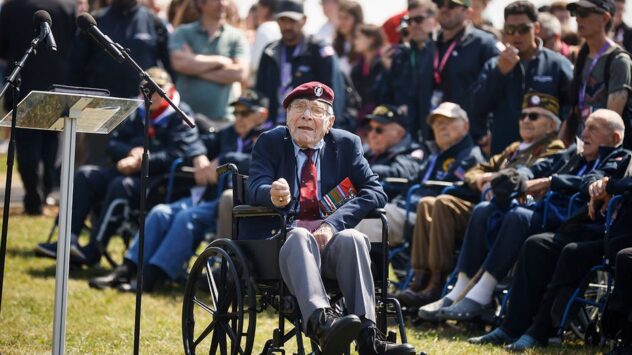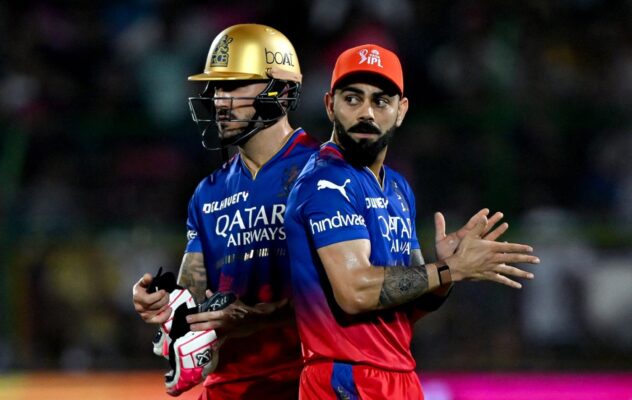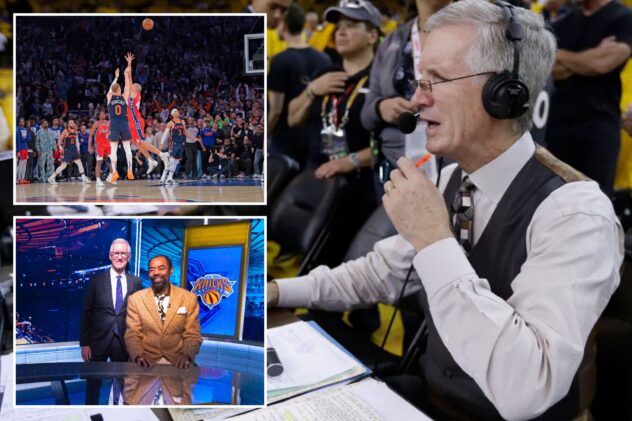The Spurs are due for a shooting resurgence
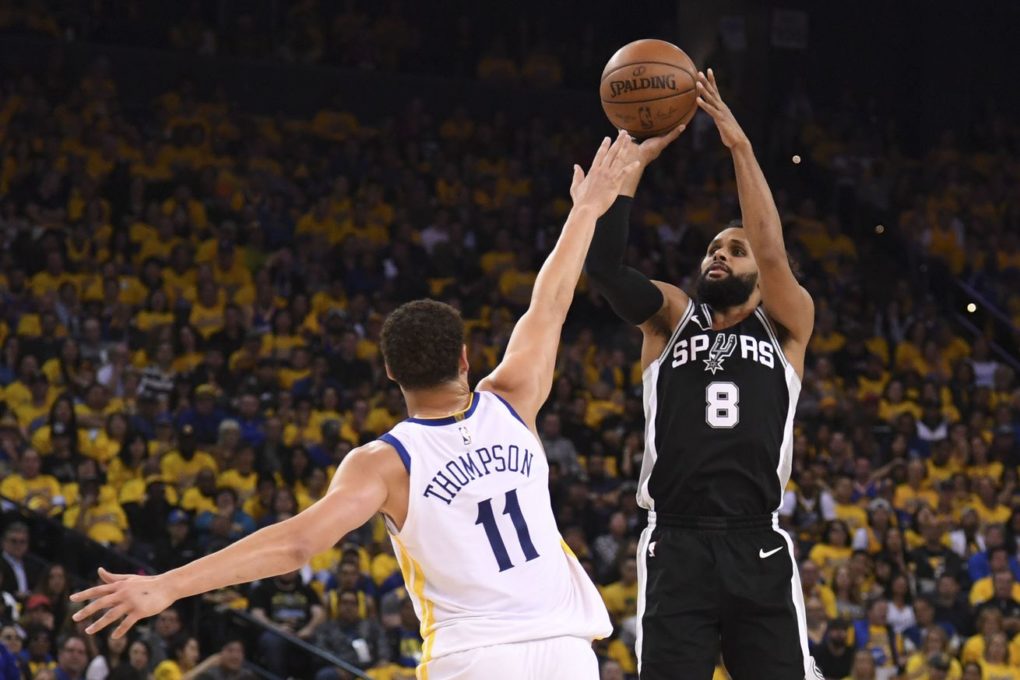
The off-the-court drama was not the only anomaly of the Spurs 2017-2018 season.
While the game has sped up and moved further away from the basket, the Spurs have remained stubbornly consistent in their methodical, traditional approach to the game. Since moving away from the glacial pace of the late 90s/2000s, the Spurs pace (number of possessions per game) has not varied much over the past decade. But the speed of other teams has steadily increased, resulting in the Spurs going from being in the top ten in pace, to one of the slowest teams in the NBA.
The Spurs have gotten away with this approach by playing elite defense and producing efficient offense. Even without Kawhi Leonard and with a hobbled Danny Green, the defense remained intact last season. It was the offense that was difficult to watch at times. It did not require a deep dive into the box score to realize the Spurs were missing an uncharacteristically large amount of three pointers, and in terms of three point percentage (3P%), the eye test did not fail.
Before cratering to 26th in 3P% last season, the Spurs hadn’t been outside the top five in 3P% this decade.
A double surprise
As I was putting this piece together, I was certain the reasoning behind the drop was due to there being no real creator on offense. Murray is still extremely raw in terms of point guard skills. Mills and Green rarely create for others. Aldridge isn’t the best at passing from the post, especially when doubled. Anderson is a creative passer, but lacks the explosiveness to command double teams to free up shooters. Manu is still Manu, but he plays only 18-20 minutes a game.
So I was genuinely surprised to find that the 90% of the San Antonio’s threes last season were open (closest defender 4-6 feet from shooter) or wide open (no defender within six feet of the shooter) — which is no real variance from the previous four seasons for which this data was available. Another thought I had was that while the Spurs were not panicking and throwing up contested jumpers, the lack of a true creator was forcing them to take fewer shots from deep. Turns out I was wrong. The Spurs took more three pointers this season than ever before.
Contrary to my expectations, the Spurs system continues to put their players in the best position to succeed, regardless of who is on the court — of course, that does not guarantee the players are going to be able to take advantage.
Last season, the Spurs had roughly three percent fewer wide open looks (and three percent more open looks) than in seasons prior, but that’s no real cause for concern. More alarming were the three point percentages themselves. The Spurs only hit 33.3% of their open looks, good enough for 6th worse in the NBA, behind the Mavericks, Lakers, Pelicans, Knicks, and Bulls. Hitting 38% of their wide open looks was good enough for 9th worse in the NBA. I remember thinking several times last season that the Spurs, particularly Green and Mills, somehow looked like they were playing slow and rushing at the same time. It’s possible they were trying to create space by getting their shot off quicker than they were accustomed to in the past.
Things got worse as the season wore on
Another trend that stands out is that the Spurs 3P% started declining towards the latter part of the season, and that unfortunately continued into the playoffs.
/cdn.vox-cdn.com/uploads/chorus_asset/file/11910831/Team3PointPercentage.png)
As the drama surrounding Kawhi and company wore on, the three point shooting of the Spurs went downhill. The rational part of my brain wants to believe the poor team-wide shooting from February through April was just a coincidence; that Green’s percentages dropped as his groin injury got worse; that Patty’s percentages dropped because he was in an unfamiliar starting role and had to find space to get his shot off versus starting-quality defenders. While that’s mostly true (Patty shot only 34.2% from three during the 36 games of which he started), I’m rarely rational when discussing the Spurs. No matter how professionally the Spurs conduct themselves, they are human. Now that we know more of the details surrounding Kawhi’s situation, it wouldn’t be completely out of question that everything happening off the court began to impact the performance of the Spurs on the court.
Nobody on the team was immune
The graph below paints a clear picture of how bad last season was from a shooting perspective.
/cdn.vox-cdn.com/uploads/chorus_asset/file/11910673/3PointComparison.png)
With the exception of Forbes, every player on the Spurs’ roster shot worse from three last season than the season prior. Aldridge was the only player on the Spurs with more than one year experience who shot better from three than his career average — and he still only shot 29%.
It’s not all doom and gloom though. The Kawhi drama is in the past. Anderson and Parker are gone, and they were never threats from outside. Green had been average at best the past three seasons. The Spurs have a dynamic guard in DeRozan, who should break down defenses in a way Spurs fans haven’t seen in several seasons. Defensive ability aside, Belinelli will be a consistent threat beyond the arc, and is still a master at moving without the ball. And while I would like to see it consistently during the regular season, Murray seems to be working hard on his jumper.
Finally, by every three-point-shooting metric available, last season appears to be an outlier. I expect to see more ball movement next season than we’ve seen since the 2014 championship run. I’m not a betting man, but if I were, I’d wager the Spurs end up far closer to being a top five three point shooting team next season than the bottom five three point shooting team we saw last season.
Source: Pounding The Rock

